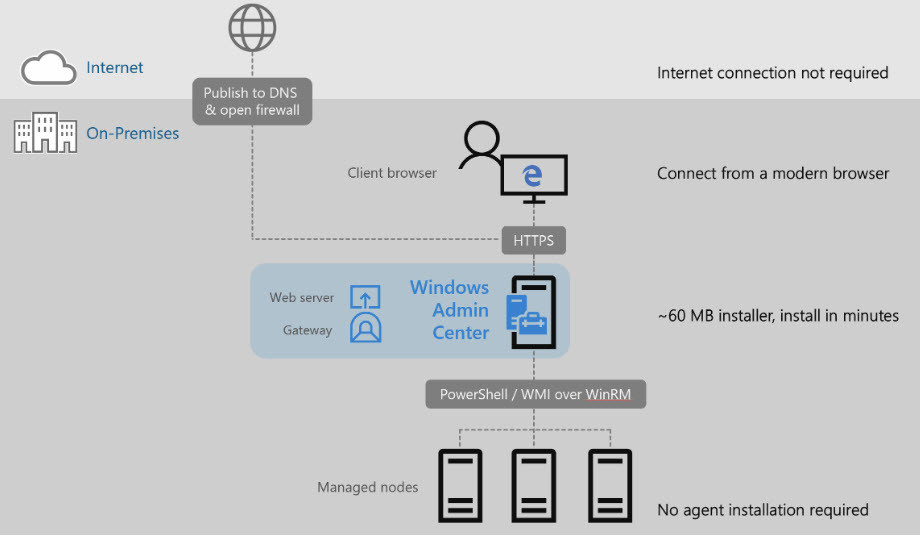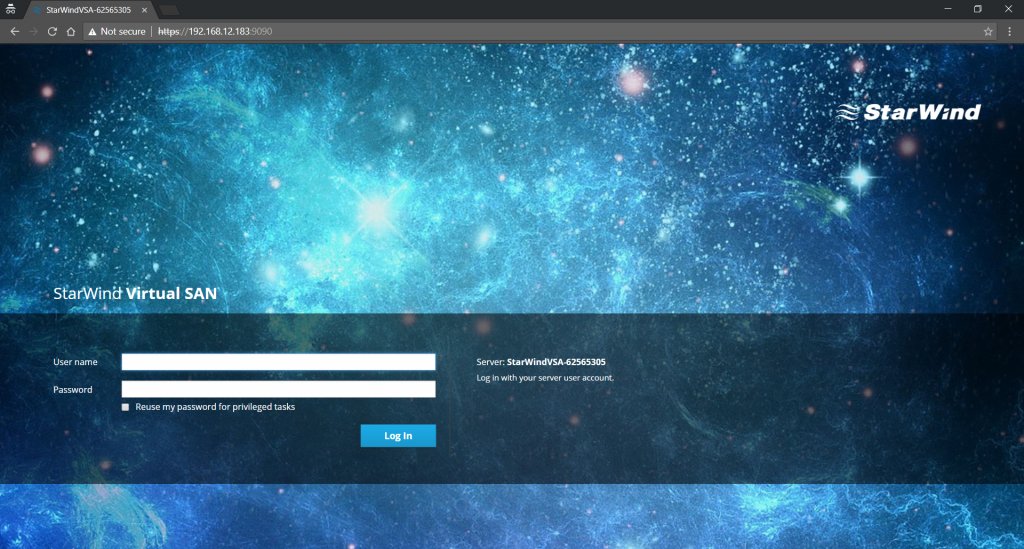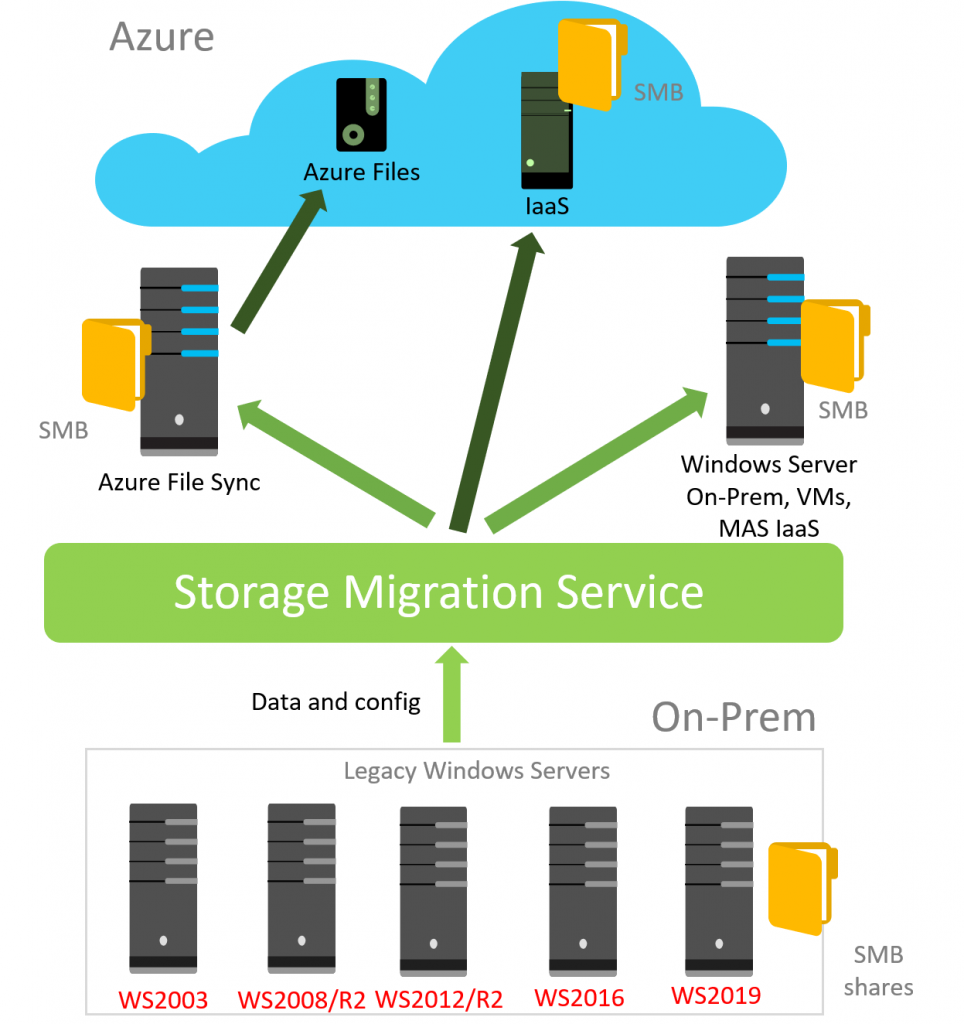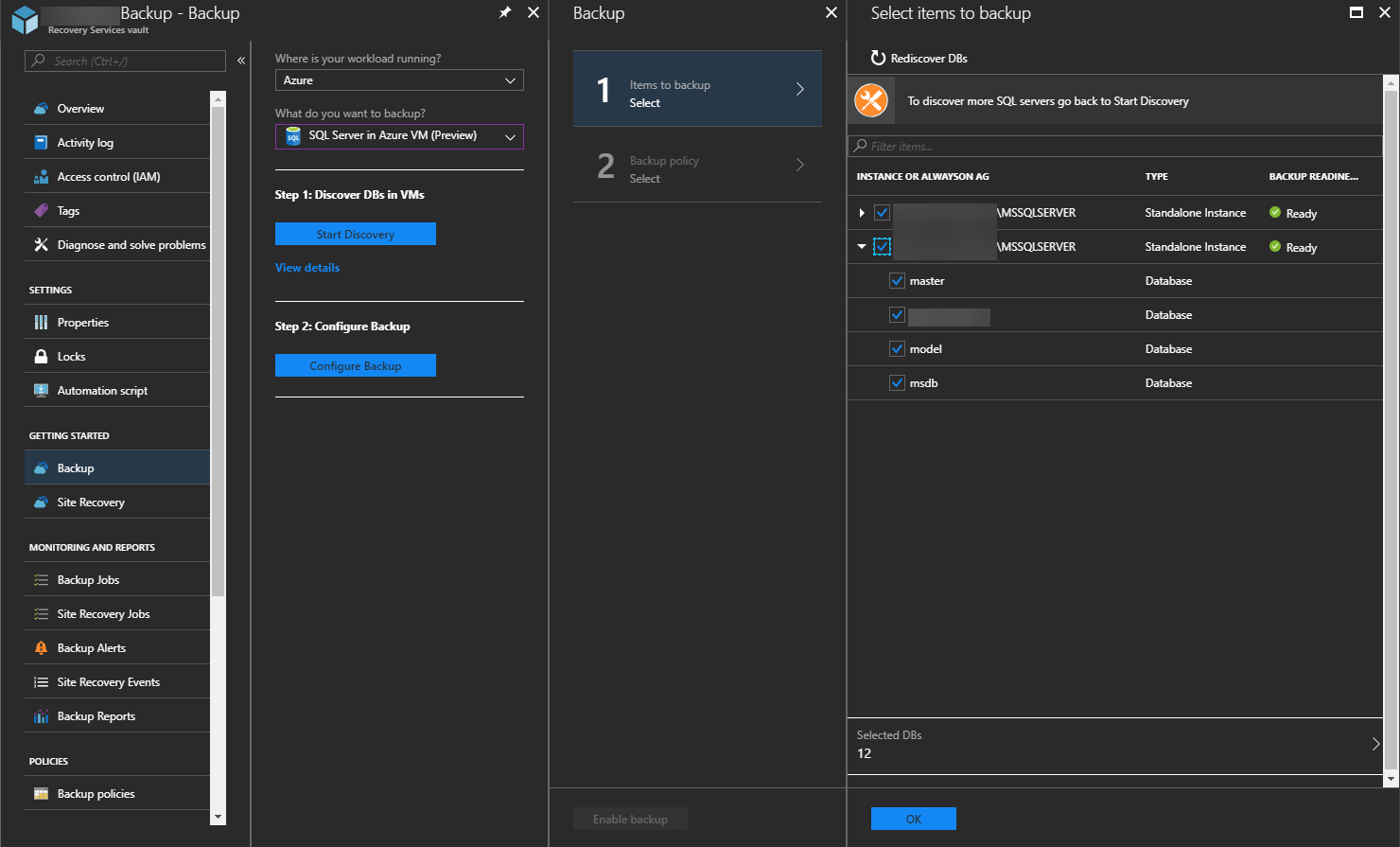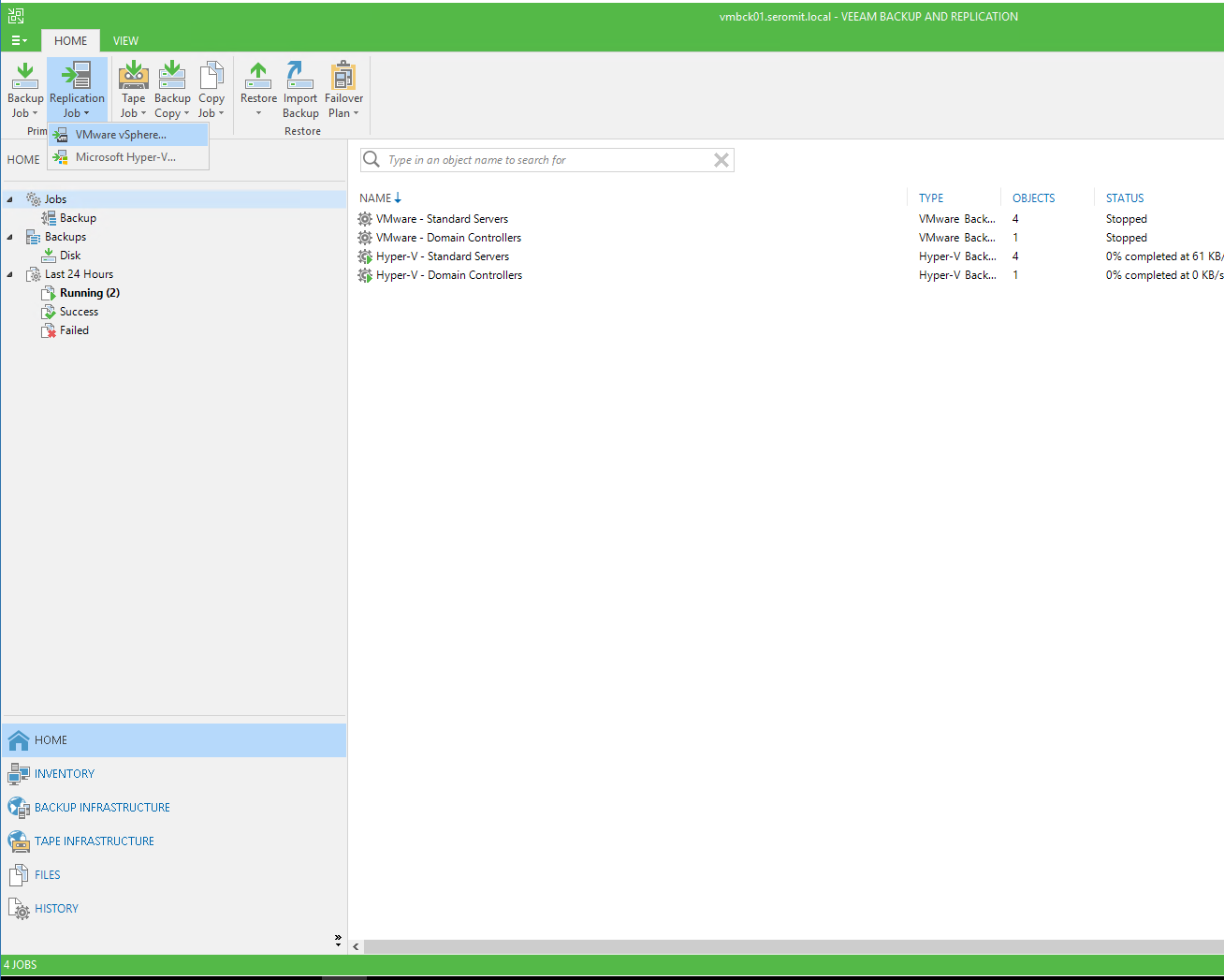
StarWind takes the stage at Experts Live Europe 2018 as a gold sponsor! We will talk about the Hyperconverged Infrastructure (HCI) and how SMB and ROBO can consolidate compute, storage, and networking, and simplify the management of VMs and applications taking into account IT-resource and budgets limitations. Experts Live Europe is the annual Microsoft community IT conference that attracts the best speakers and experts in the world to talk about new achievements in the Microsoft Cloud, Datacenter, and Workplace areas.
The conference will be held on October 24-26, 2018 in Prague. Get more details here.
